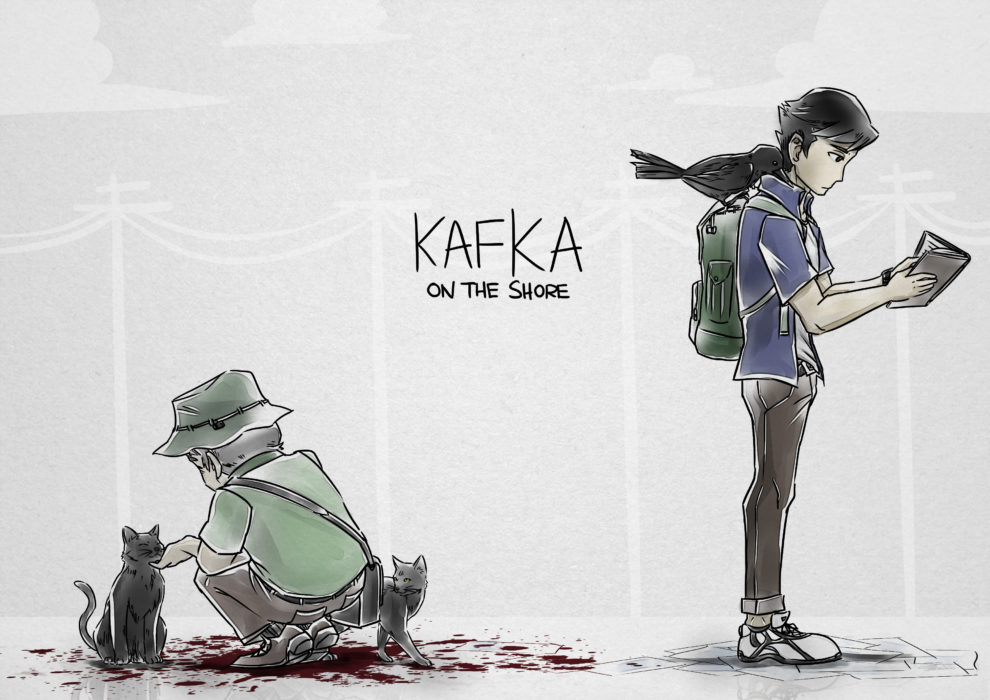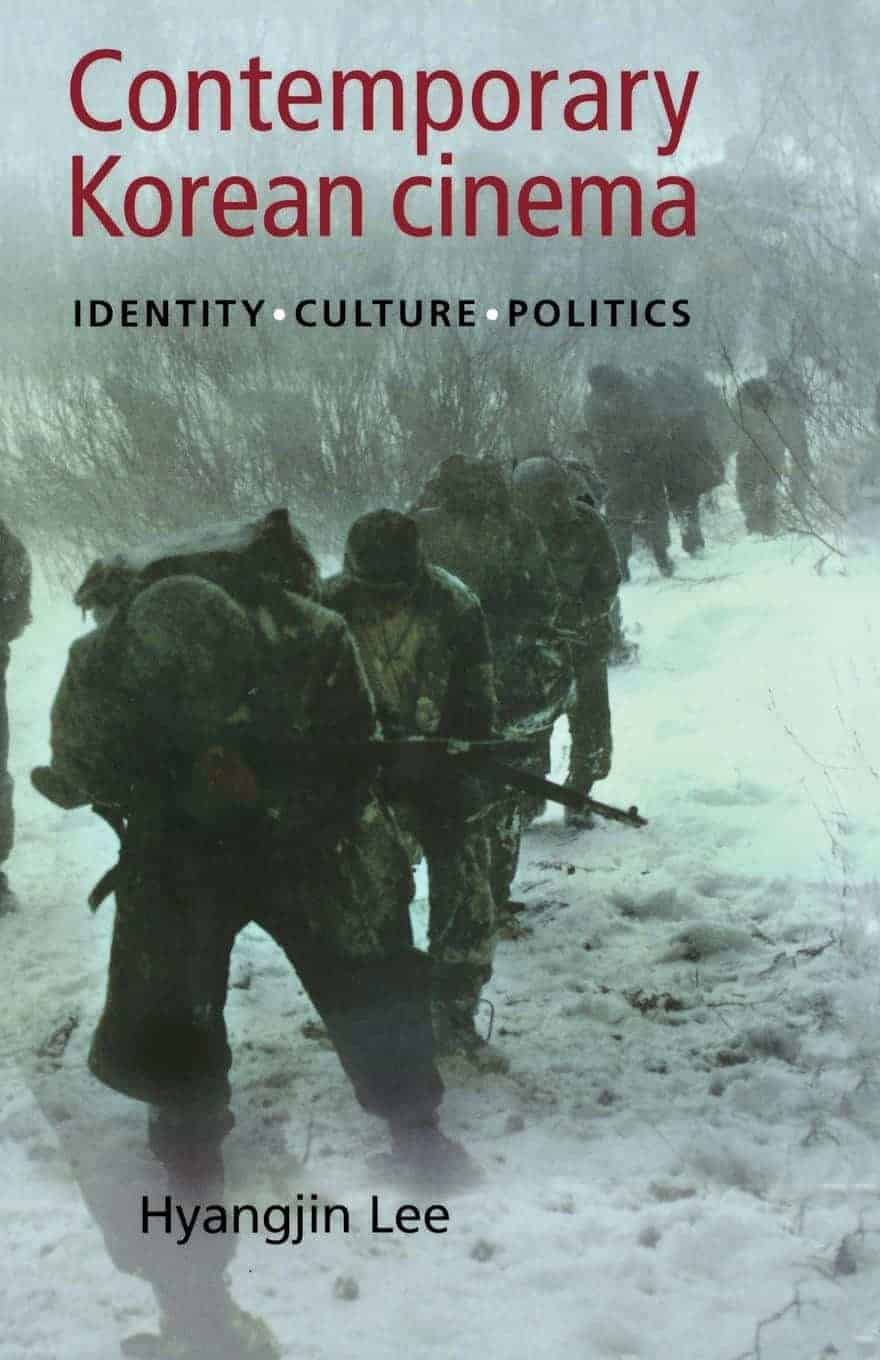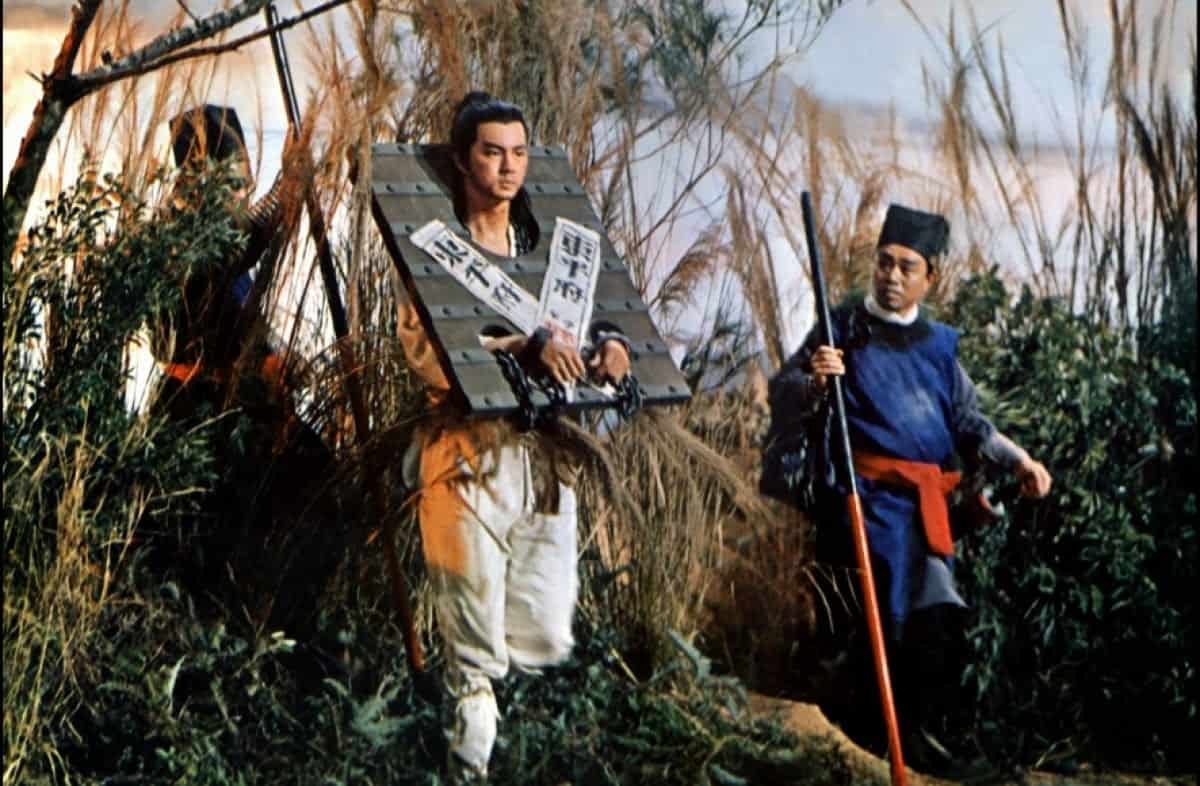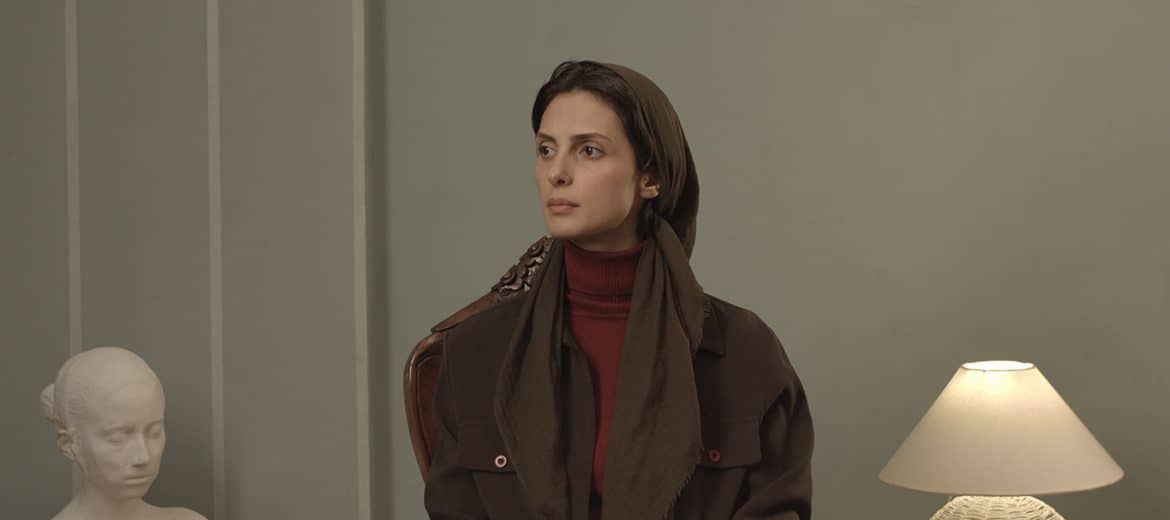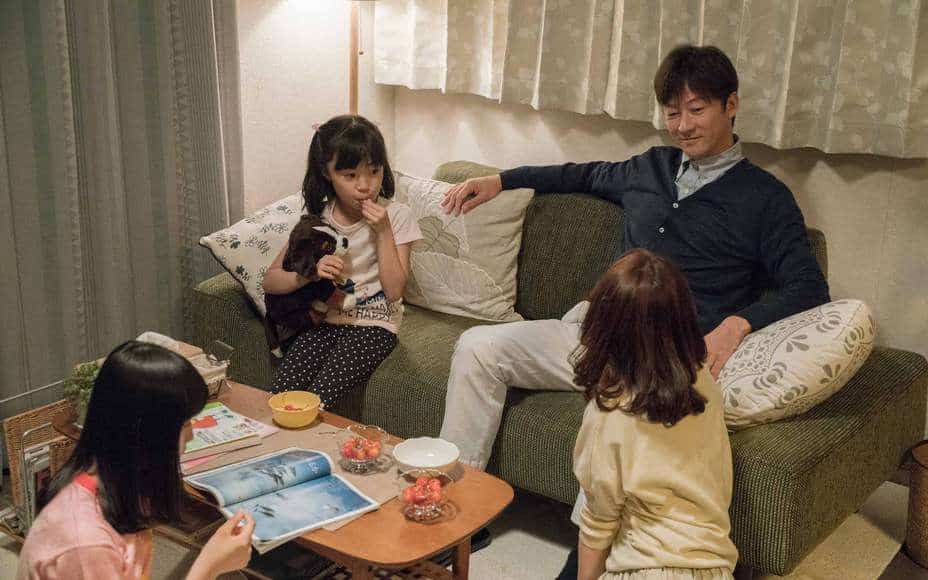Haruki Murakami always was the champion of the mundane, taking the everyday lives of unremarkable people and transforming them into pieces of high art in the most remarkable fashion. So, what would happen if he also had a great story in his hands, of remarkable people who live lives where exceptional things happen almost on a daily basis? The answer is given in the most impressive way in “Kafka on the Shore”, probably the best work of the Japanese master.
Buy This Title
The story comprises of two axes that intermingle somewhere between the past and the present, although the same does not happen to the two protagonists, who never actually meet. The odd-number chapters focus on self-named Kafka, a 15-year-old boy who runs away from his father's house to escape a supposed Oedipal curse and in order to find his mother and sister. After a series of adventures, which also involve a girl named Sakura, whom he meets on the train and eventually ends up spending a night at her house, he finds shelter in a quiet, private library in Takamatsu. The establishment is run by the distant Miss Saeki, whom soon he finds himself having feelings for after a number of interactions with a ghost of her in the same age as him, and Oshima, a rather well read and intelligent persona, who becomes his mentor, protector and close friend. Kafka manages to find some sort of balance by staying there, but soon the police come questioning after him, regarding a brutal murder.
The second axis, in the even numbered chapters, begins in a rather different way, through a series of reports of the US Army Intelligence, which focus on the Rice Bowl Hill Incident in 1944, where a series of children who went for a walk in the woods with their school teacher, fainted all together after seeing an airplane passing by. All of them recuperated with the exception of one, Nakata, who had to spend some time in a hospital in Tokyo, before waking up having lost most of his mental abilities. The story picks up on his life at an old age, where the man makes a living through a government subsidy, and also by tracking down lost cats, since he has gained the ability to talk to them. Eventually, the search of one cat leads to a crime, and him on a path that takes him away from his familiar territory, traveling through Japan. Hoshino, a truck driver, finds himself going along with Nakata for reasons he can barely understand, as a series of rather unlikely events take place.

“The world is a metaphor,” Oshima tells to Kafka at some point, and this metaphoric approach is one of the main elements of the narrative. It is also worth noting at this point that Murakami's Japanese publishers launched a website soliciting clarifying questions about the novel from the public. They quickly garnered 8,000 submissions, of which Murakami answered 1,200. One of the most discussed derives from the following passage: “Sometimes fate is like a small sandstorm that keeps changing directions. You change direction but the sandstorm chases you. You turn again, but the storm adjusts.”
The sandstorm here is a metaphor for fate that follows people no matter the choices they make, even if they try hard to avoid it. Kafka's trip follows this line, in a pattern that parallels Oedipus's in a way, although Murakami does not give definite answers regarding the identity of his sister and his mother. In conjunction, the ways the past can affect the future is another comment that derives from the concept of fate, in one of the central elements of the narrative.
“But inside our heads – at least that's where I imagine it – there's a little room where we store those memories.”
The concept of memory here is paralleled to a room, which, essentially, has the function of the library, with the actual library Kafka finds himself in functioning just like that, as a keepsake place for memories, both for him and Oshima and Miss Saeki. That Kafka finds himself a shelter there further comments on the concept, as Murakami seems to state that memory, in the sense of familiarity, can provide a psychological refuge.

At the same time, most of the familiar elements of Murakami's writing also find their place in the narrative. Classical music, through extensive passages regarding the life of Beethoven, in an element that extends to other historic personas and events, like Mengele and his trial for human experimentation, a series of very interesting passages that add much to the overall narrative, in terms of educational entertainment. Magical realism, through the events both protagonists experience, including the raining of leeches, a passage to another world, ghosts, and dreams that feel pretty close to being real. In another element here, which adds a lot of entertainment in the book, two key roles are played by Johnnie Walker and Colonel Sanders of KFC, in a rather ingenious aspect that is amusing as it is brutal and crude respectively. A comment on how people can become murderers, which also derives from the former, is another quite interesting one.
And talking about characters, both the protagonists here are amongst the most intriguing in Murakami's bibliography. Kafka, with his alter ego in The Kid Named Crow, his ambiguous oedipal complex, and the first erotic experiences is quite interesting, also in the way he affects the others around him while growing up himself. Nakata, who always talks about himself in the third person, cannot read or understand more than a little kid could, but speaks with cats, seems to shape people, events and even fate around him in the most remarkable way, while his friendship with Hoshino emerges as one of the most amusing in the book. The latter is also an interesting character, particularly because he seems to be the only who is “normal” in the whole story, at least in comparison. Oshima is also very interesting, with his vast knowledge and his issues with his gender and sexual orientation, while both the interactions with Kafka, which frequently end up in profound philosophical conversations, and the episode with the feminists are rather captivating. Miss Saeki is also quite intriguing through the air of mysteriousness that surrounds her, while her interactions with the two protagonists are excellently portrayed, also in the way they are implemented into the story.
Violence, occasionally to the point only met in horror titles, subtle humor in the most unexpected ways, sex, and extensive road novel elements conclude the main narrative elements, although the depth here would need many more pages to be analyzed in all its glory. Probably the only flaw, and one that is quite frequent on Murakami's novels, particularly the latest ones, is a kind of lagging towards the end, with the scenes in the forest and the waiting for something to happen by Nakata and Hoshino becoming a bit annoying after a fashion. At the same time, however, Murakami compensates intently in the finale, while another message, that of the value of patience and waiting, could turn even this aspect to a contextually important message.
His writing is, as usually, sublime. The simplicity with which he communicates the most complex of the events and comments is astonishing, while his ability to elevate even the most mundane moments to captivating, is exhibited repeatedly here. The first drive in the car is a testament to the aforementioned, as are the dialogues between Kafka and Oshima.
“Kafka on the Shore” is a true masterpiece, a novel where the great attributes of Murakami come together in the most elaborate way, resulting in a book that urges its reader to finish it in one go, despite its 500 pages.


